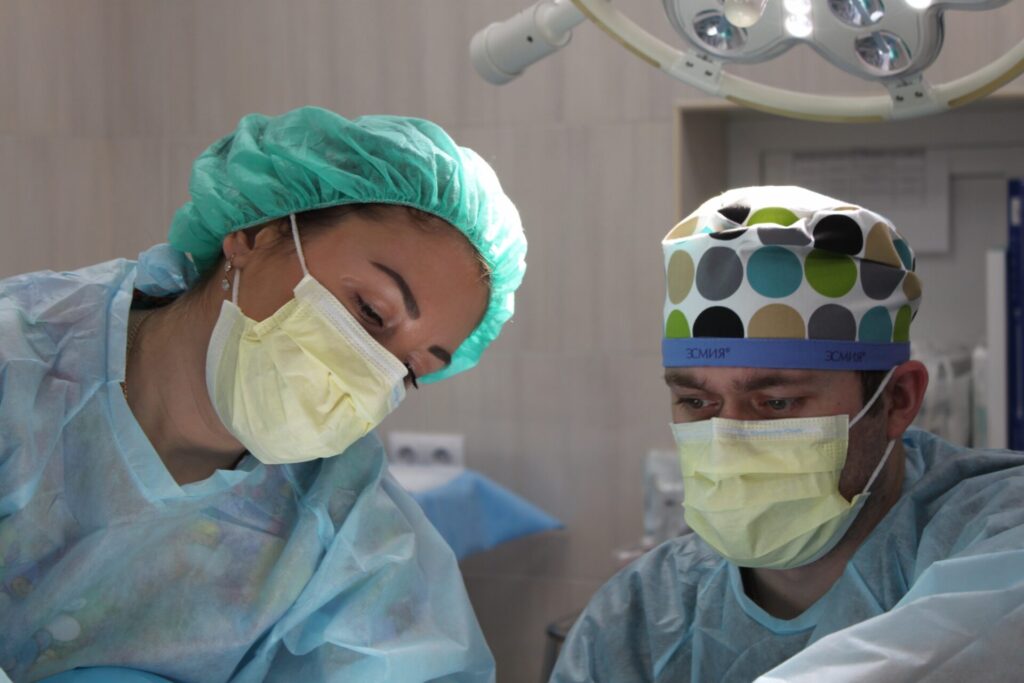How Physical Therapy Helps After Total Knee Replacement
Nobody likes to experience a serious injury or have surgery, but if that is the case, then getting back on your feet with physical therapy is one of the best ways you can help yourself to heal properly. While a total knee replacement may seem like a major undertaking, physical therapy will make it feel much less daunting and give you the chance to regain movement in your knee faster than ever before! In this post, we’ll explore how physical therapy plays an important role after a total knee replacement surgery and why it should be part of any patient’s full recovery plan.
Understanding what physical therapy can do after a total knee replacement
A total knee replacement is a major surgery that can be daunting for many patients. However, with physical therapy, the road to recovery can become much smoother. Physical therapy can help patients regain strength and range of motion, reduce pain and swelling, and improve overall function and mobility. Your physical therapist will work closely with your surgeon to create a personalized treatment plan that aligns with your specific needs and goals. Regular physical therapy sessions and at-home exercises will be crucial components of your rehabilitation process, but the result will be a significant improvement in your quality of life. With the help of physical therapy, you can get back to the activities you love and live your life to the fullest.
Benefits of Physical Therapy for Pain Management and Range of Motion
Physical therapy is a valuable approach for individuals seeking pain management and improved range of motion. The benefits of physical therapy extend beyond just rehabilitation – it’s an essential part of overall health and wellness. A physical therapist can work with patients to develop a personalized treatment plan that includes exercises and movements designed to alleviate pain and improve flexibility. They can also guide proper posture and body mechanics to prevent further injury. With consistent, dedicated participation in physical therapy, individuals can experience a notable reduction in pain and an increased ability to move freely. It’s no wonder that physical therapy has become an increasingly popular option for those looking to enhance their quality of life and regain control of their health.
Tips for maintaining a safe exercise routine during physical therapy
Physical therapy is an essential part of the healing process after an injury or surgery. However, it is important to maintain a safe exercise routine during this time to prevent further injury or setbacks. Some valuable tips for staying safe during physical therapy include following the guidance of your healthcare provider, not pushing yourself too hard, and incorporating rest days into your routine. It is also crucial to listen to your body, as pain or discomfort during exercise is a sign that you may need to slow down or modify your exercises. By following these tips and staying mindful of your body’s needs, you can safely and effectively incorporate exercise into your physical therapy routine.
Exercises designed to increase strength and flexibility around the knee joint
The knee joint is one of the most important joints in the body, enabling us to walk, run, and move freely. However, it is also one of the most vulnerable joints, which is why it is crucial to take care of it and ensure it is strong and flexible. Fortunately, many exercises can help us achieve this goal. From simple bodyweight exercises like squats and lunges to more advanced workouts like deadlifts and leg extensions, there are plenty of options to choose from. Incorporating these exercises into your fitness routine can help you strengthen the muscles around your knee joint, increase flexibility, and prevent injuries. With dedication and consistency, you can ensure that your knees are healthy and strong for years to come.
Strategies for Overcoming Fear or Anxiety When Starting Physical Therapy
Starting physical therapy can be a daunting experience, especially if you’re dealing with fear or anxiety. However, you can take steps to make the process more manageable. One strategy is to talk to your physical therapist about your concerns. They can provide reassurance, answer any questions you may have, and offer advice on how to cope with anxiety. Another way to overcome fear is to set goals for yourself. By setting achievable goals and tracking your progress, you can build confidence and feel more in control of your physical therapy journey. Finally, remember to take things one step at a time. Physical therapy is a process, and it’s important to celebrate small victories along the way. With these strategies in mind, you can feel more confident and empowered as you begin your physical therapy journey.
Conclusion
Overall, physical therapy plays an important role after a total knee replacement. It can increase the patient’s mobility, manage pain, and help build strength and flexibility in the affected leg. While it may be intimidating to start physical therapy, there are ways to manage fear or anxiety. Simple exercises and modified versions of more difficult exercises can help reassure the patient that they are on track with meeting their goals. With dedication and hard work, physical therapy can help the patient get back on their feet again. Additionally, careful monitoring of progress during physical therapy sessions is important to make sure that all goals are met with each treatment session. Physical therapists have the skills and expertise to design specific rehabilitation programs for individuals following total knee replacement surgery. Understanding how physical therapy plays an integral role in post-surgery rehabilitation can be quite helpful for those considering or recovering from this type of surgery.

